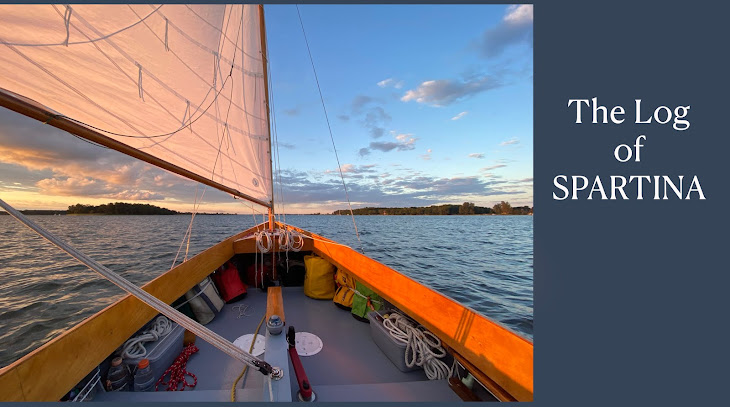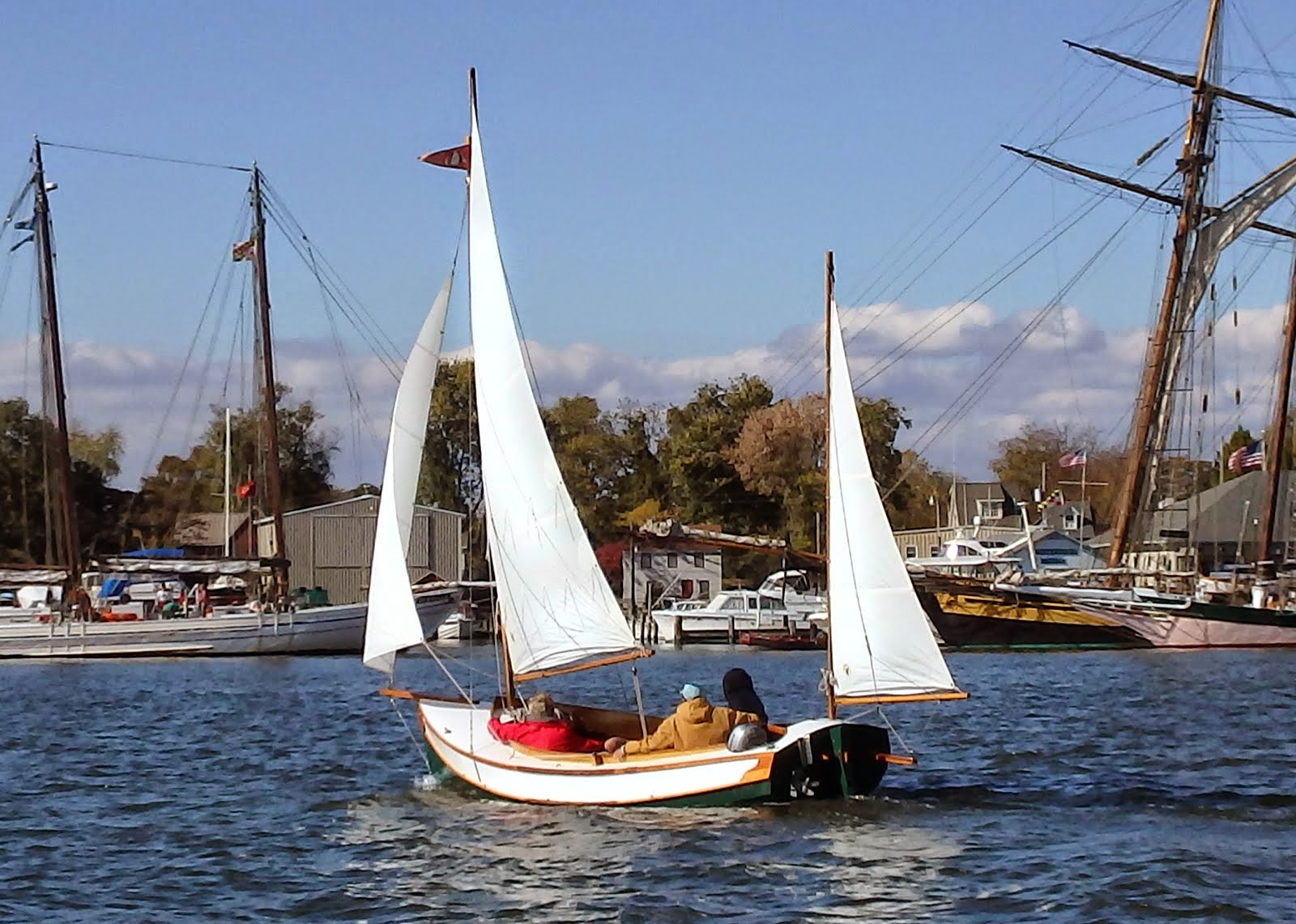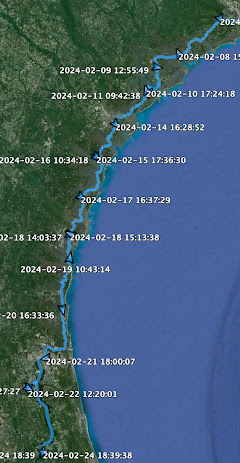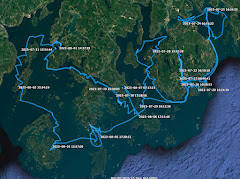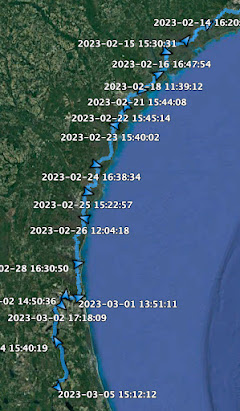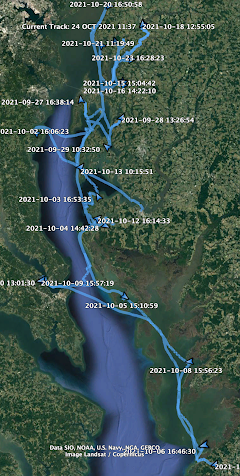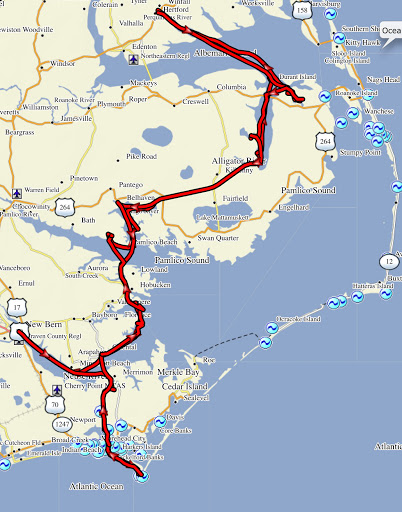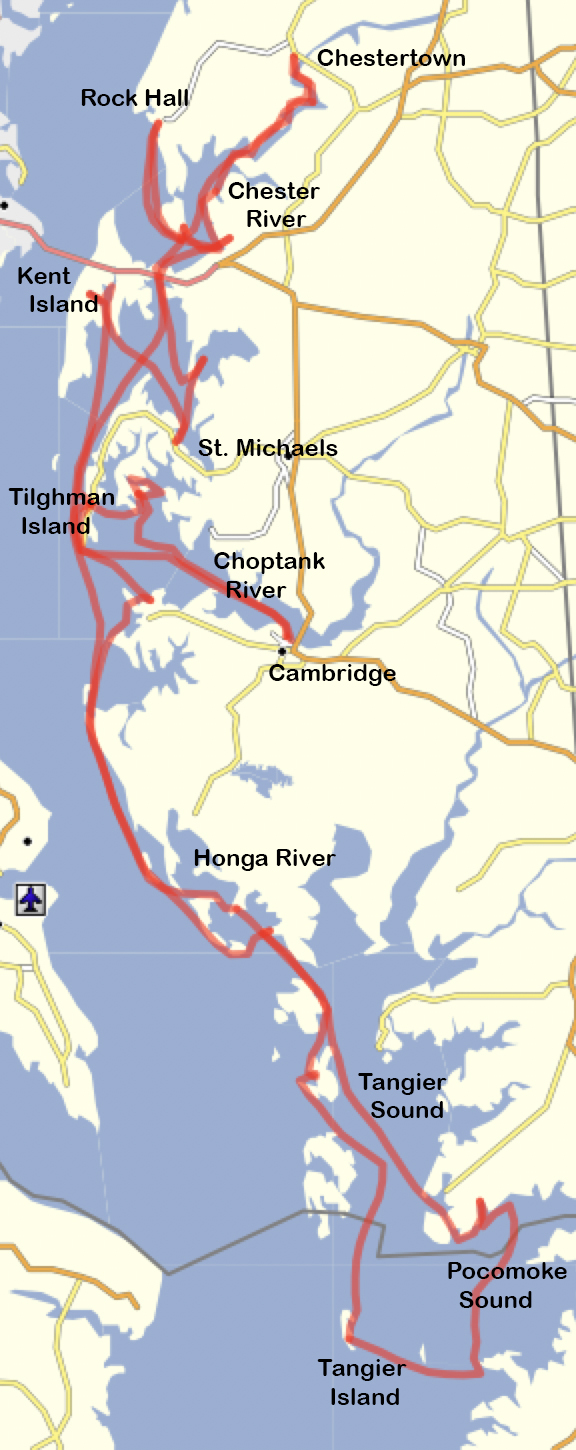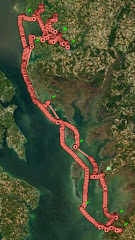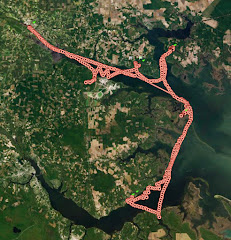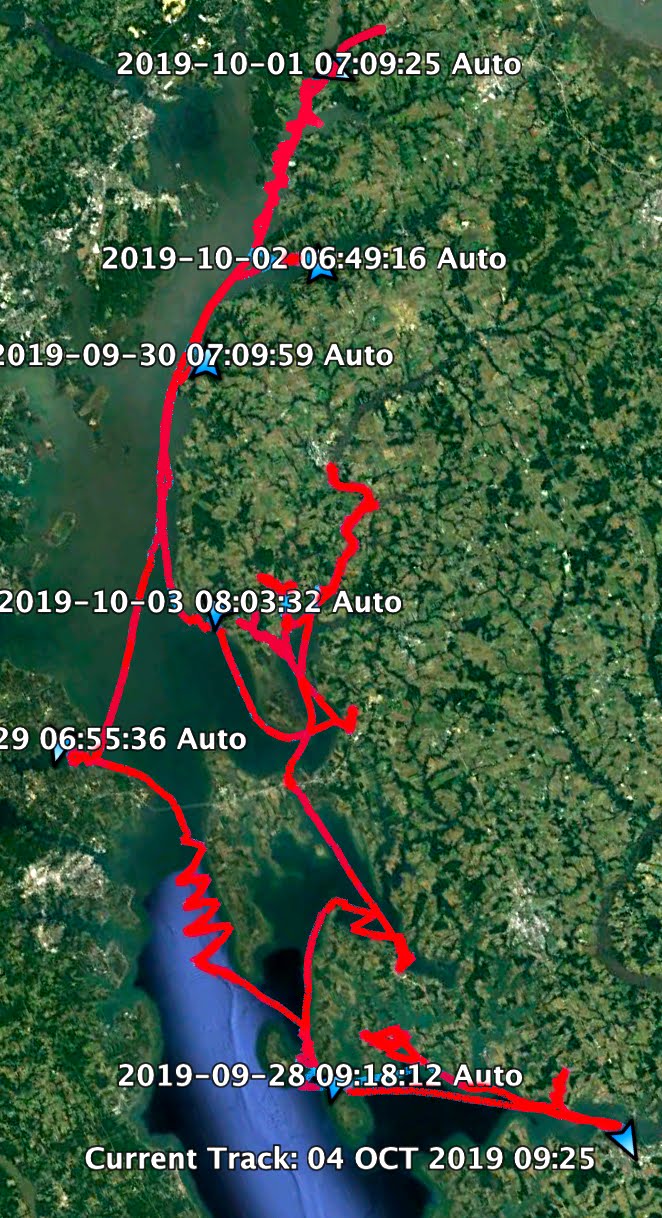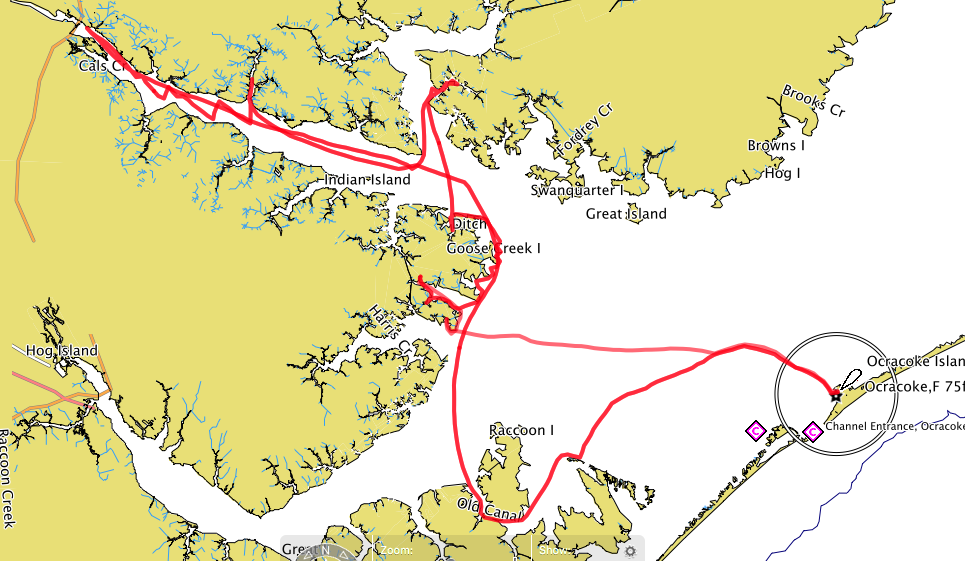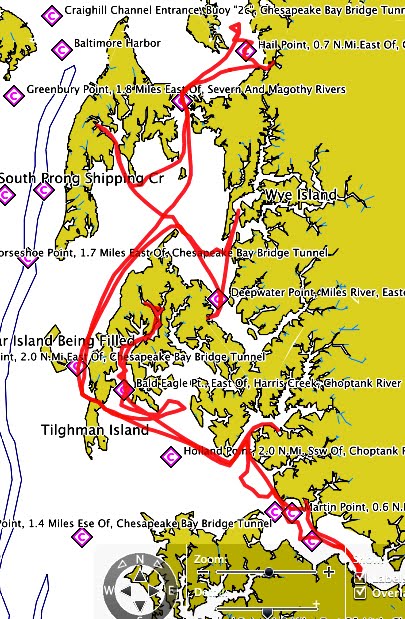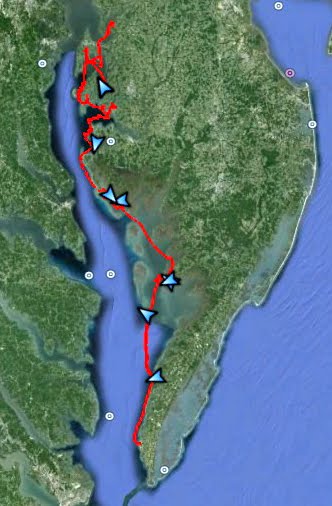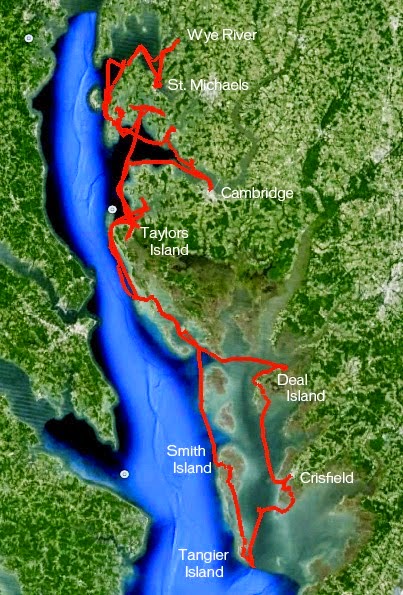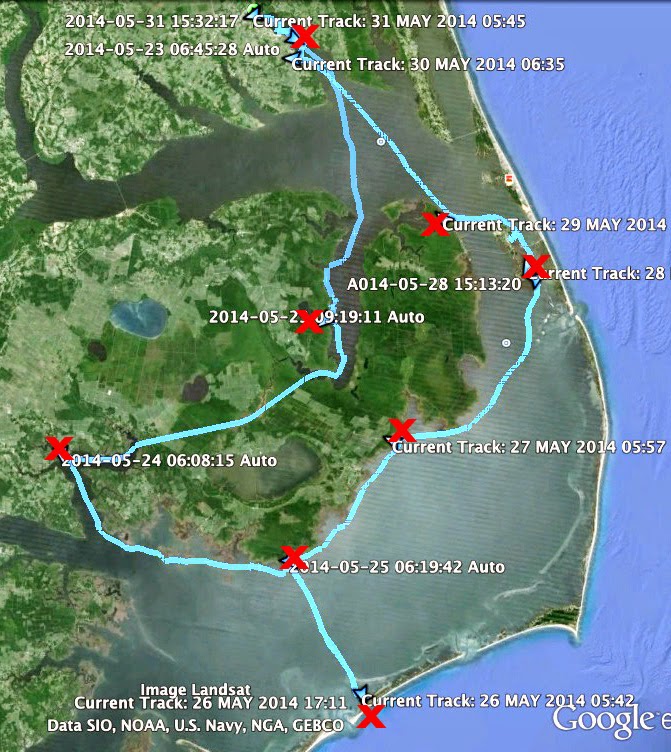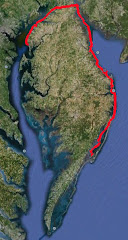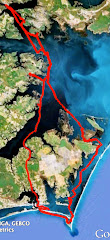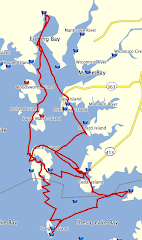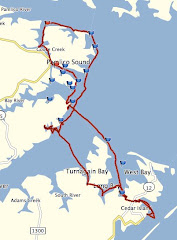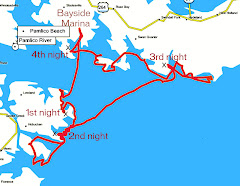A
journal entry by Webb, his hurricane plan now that he is a resident of Hilton Head Island, made me realize there has been a change in my life. Maybe I had known it and just didn't want to admit it. But it is clear to me now, my hurricane days are over.

I smiled reading Webb's plan. It reminded me of my own plans as storms slid up the coast towards Hatteras Island. Food, water all the gear tucked in plastic bags to keep it dry. Driving south on Highway 12, the only car in the southbound lane while the northbound lanes were bumper to bumper with tourists evacuating the island. The village of Buxton, Buxton being considered a "high" spot on the island, served as a home base. We always got two rooms in the hotel, one on the second floor in case the first floor floods and one on the first floor in case the second floor loses its roof. Since we needed to collect information before the storms we stayed outside as long as we could, driving around the island in a four-wheel-drive on the flooded roadways. When the wind got too strong and things - pieces of signs, fences and roofs - began to fly through the air, we would go inside and hunker down, sometimes putting mattresses and couches up against the plate glass windows in case they imploded. I remember the peak of one storm, eating cold beans out of a can and playing cards with a co-worker. There was nothing else to do as the wind shrieked outside.

Communication on the island is much better than a decade or so ago. Cell service is now considered a public safety need and some of the first boats and helicopters coming to the island after a storm carry crews to repair the phone towers. That is excellent for us as we need to get information off the island as soon as the storm is over. We've also used satellite phones and in fact there were times when I "rented" out my rented sat phone to colleagues desperate for a line off the island. As a last resort I have found a very weak wifi"guest" signal near one of the island's utility office. I suspect the office gets the service via satellite connection. More than once the power people have come out of the building to ask why I was parked in their lot in the middle of a storm. I point to the laptop, they smile.

I have found "mandatory" evacuations are not really mandatory. Vacations renters are made to leave both for safety and liability reasons. People who live on the island often stay because they know once they leave the island the might not get back on for days or weeks. Hurricanes tend to move massive amounts of water from one side of the island to the other, and then back again. With just a few tiny inlets in the Outer Banks the water goes over and sometimes through the island, rupturing roads and cutting off access to Hatteras.
I've been trapped on Hatteras five times, I think, following hurricanes. Sometimes because the island was cut in half and I was south the cut. The other times was because the sand dunes, several feet tall, were pushed on top of the two lane road that leads off the island. It can take days to move all that sand off the roads.
Some of the nicest days are those immediately following a storm. Hurricanes are fast moving - as opposed to the nor'easters that linger - and are often followed by a cool dry front that brings blue skies and comfortable temperatures. The worst times are in the weeks and months following the storm. Heat and humidity does return, power for air conditioners, refrigerators and hot water may not. Homes are flooded, businesses damaged and no customers anyway even if they could reopen.
A hurricane, seen from the island, is spectacular. The light is different, the water is different and every storm is different. I have seen the island flood from the ocean side and I have seen it flood from the Sound side, and one time before dawn I stood on a little bridge and watched the floodwaters come from both the ocean and the Sound at the same time.
There is always a tinge of guilt as I cover he storms. I feel a bond with the islanders around me, they have always been kind to me before, during and after hurricanes. They have offered shelter and, more than a few times, fed me. But at the same time I know that even after the worst storms I'll catch an emergency ferry off the island in a matter of days, leaving the damage behind and returning to the comforts of my own home.
Looking over Webb's hurricane plan I suggested he add a small hibachi-type grill and a couple of frozen steaks. Some of the best steaks I have ever enjoyed were on the days after the storms with clear skies and the knowledge that everyone, despite the coming days, weeks and maybe months of discomfort, survived. No one has died on Hatteras during the storms I've covered.
There are so few people in my office these days I cannot imagine being able to sneak away to the island for a storm. Where I live is in an area vulnerable to hurricanes, anywhere within a couple hundred miles off the east and gulf coasts is vulnerable. So there will be, regrettably, more storms. But it won't be the same as being on a long narrow island caught between the ocean and the Sound, waiting on a storm of uncertain path and power barreling up the coast.
My hurricane days are over. Those are days that I will always remember.
